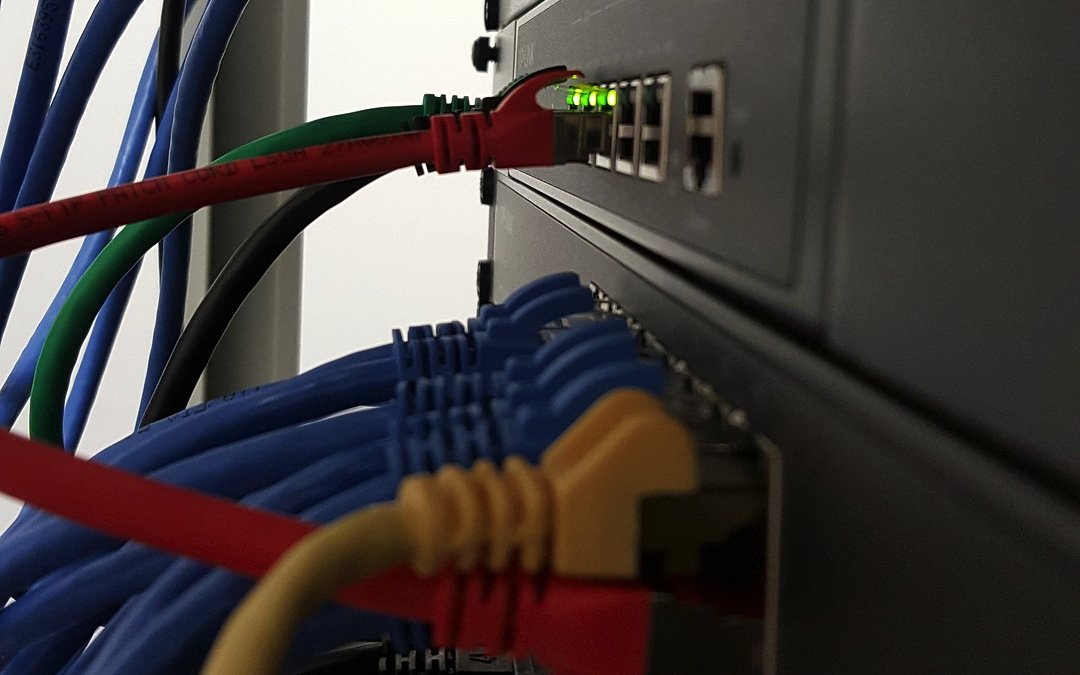
Today, streaming has become a cornerstone of entertainment, with services like Netflix, Stan, Disney+, and Amazon Prime Video offering a plethora of content at our fingertips. However, having a reliable and fast internet connection is crucial to enjoy these services fully.









